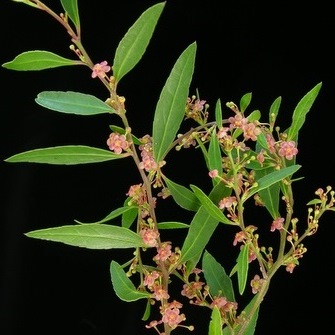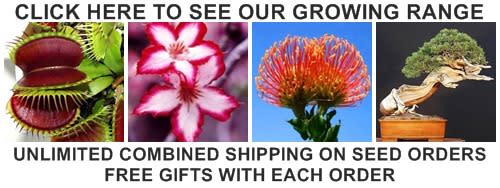Similar products
Maytenus acuminata or Silky Bark Tree Seeds - Indigenous Evergreen Flowering Tree
Check my rate
| Main centres: | 1-3 business days |
| Regional areas: | 3-4 business days |
| Remote areas: | 3-5 business days |
Product information

Maytenus acuminata Seeds
Silky Bark, umNama or Sybas

Maytenus acuminata commonly known as Silky Bark, umNama or Sybas is a superb garden plant originally found in the warm, partially shaded valleys of the Little Karoo. It grows to about 10 m high in these valleys and displays long cascading branches adorned with delicate, small leaves that shimmer in the breeze. The leaves are much smaller and narrower than most examples in the Cape. The overall impression one gets is of the fine trees illustrated in traditional Chinese paintings. This evergreen tree is quite variable growing up to 15 m tall in sheltered positions or reaching a height of only 1.5 m in exposed places. The trunk is appreciably thickened at the base and the grey or reddish brown bark may be furrowed in old specimens. The young branches are slender, and bear alternately arranged, drooping leaves. Some of the most attractive specimens are the old gnarled plants growing in remnant afromontane forests on the high scree slopes of the Cape mountains. These trees exude age and atmosphere with their adornments of old man's beard lichen. The young shoots are reddish in colour becoming grey or grey-brown with age. The leaves may be either ovate (egg-shaped and attached to the stem at the broad end), elliptic (oval and narrowing to the ends) or narrowly lance-shaped with pointed tips. They also vary in size from 13 to 100 mm long and 6 to 40 mm wide. These differences are evident from area to area or even tree to tree. The leaves are darker green on the upper surface with margins that may be toothed or untoothed. The leaf is often used to identify this species. Silky elastic threads become visible if the leaf is folded and gently split. These threads hold the broken parts attached to each other even after the two sections of the leaf have been pulled apart. These threads are also evident when the bark is broken and separated. Insignificant, small flowers are produced in the axils of the leaves in summer and are small, cream-coloured, yellow-green or reddish. The fruit is a small, 1-3-lobed capsule and when produced in great numbers gives the tree an attractive orange hue. The capsules split open to reveal a small seed surrounded by a fatty orange aril. This aril is popular with birds, which aid distribution of the seed.

